Gallery IBCM 2017
Day 1 Day 2 Day 3.1; Day 3.2 Day 4
Date: 24-18 April, 2017 Dublin, Ierland
Date: 6-9 september, 2017 Makhachkala, Russia
Date: September 10-15, 2017 Zatoka, Ukraine
Dr L.A. Makarova is an assistant professor at Lomonosov Moscow State University, working in the research group of Prof. N.S. Perov. She has been conducting research in the field of magnetic elastomers since 2013 and received her Ph.D. in 2018. For the thesis, new materials based on elastomers with multiferroic properties were first developed. The experimental work was complemented by work on numerical modelling of their properties. Dr L. Makarova actively collaborates with various scientific groups.
Her areas of interest include the study of a new one-phase method of synthesis of biocompatible composites with magnetic nanoparticles for theranostics (drug delivery, diagnostics, therapy), a new method of retinal transplantation using a magnetic seal based on a biocompatible magnetic elastomer, and others. Another area of her work is the development and study of layered composites, where one layer is a polymer with ferroelectric properties and the second is a layer of a magnetic elastomer. Such laminated composites have huge induced voltage values, are flexible and could in the future form the basis for universal sensors and converters of electromagnetic and mechanical vibration energy.
Her current research focuses on both engineering and biomedical applications of new multiferroic materials. Her work has been supported by the RFBR, Presidential grant and RSF. At the same time, Dr Makarova works at the IKBFU, where her ideas on three-component multiferroics based on polymer and fine magnetic and ferroelectric particles have been continued in the study of their possible use for stem cell differentiation.
María Salvador finished her Chemical Engineering Degree in 2013 at the University of Valladolid (Spain). She carried out bioengineering process research at the Universysity of Wageningen (The Netherlands) for a year. Afterwards, she obtained the Master in Biotechnology of Environment and Health at the University of Oviedo (Spain). She obtained her PhD in Material Science under the co-supervision of the University of Oviedo, (Spain) and Istituto di Struttura della Materia, Rome (Italy) supervised by Montserrat Rivas and José Carlos Martínez in the first institution and Davide Peddis in the second one. Nowadays, she enjoys a Margarita Salas fellowship at the Institute of Materials Science of Madrid and the Department of Physics at the University of Oviedo, where her research activity is focused in the synthesis and characterization of nanoparticles to use them in different biotechnological applications, mainly biodetection and bioregeneration.
Professor Larisa Panina is a professor at NUST MISiS with extensive experience at Nagoya University (Nagoya, Japan) and the University of Plymouth (Plymouth, UK). She specializes in magnetic phenomena, magnetic sensors and magnetic materials (barium hexaferrite and other ferrites). Participated/coordinated several national and international projects. Professor Panina is the author of over 324 publications with a citation rating of 8196 and an H-Index of 50.
Petr Nikitin is the Head of Biophotonics Laboratory in the Prokhorov General Physics Institute of
the Academy of Sciences of Russia. He received his Ph.D. from the Moscow Institute of Physics
and Technology in 1983.
Invented the ultrasensitive method of magnetic particle quantification (MPQ) based on non-linear
magnetization of nanoparticles and applied it for in vitro diagnostics and in vivo biomedical
studies. The biocomputing nanoparticles for theranostics are another breakthrough development
featured on the cover pages of the Nature Nanotechnology and Chemical Reviews journals.
Developed several highly sensitive optical methods for direct monitoring of molecular
interactions, the phase surface plasmon resonance (SPR) for biosensing, sensors based on: SPR
and SERS on Au-Si grating structures; the low coherent interferometry; various nanoparticles.
Discovered new phenomena such as ferromagnetic liquid nano-droplets; reversible interaction of
gold films with electroactive gases; peculiarities of magnetic and electric field generated by laser
plasma, and of the Faraday effect in semimagnetic semiconductors.
Member of International Advisory Committees of several popular European conferences: EMSA,
Europt(r)ode, etc.
Prof. Igor S. Lyubutin is a Full Member of the Russian Academy of Natural Sciences and an expert in solid state physics, magnetism, nanomaterials, superconductivity, Mössbauer spectroscopy, nuclear methods, high-pressure physics, phase transitions, and crystal chemistry. He earned his PhD from Moscow State University and the Institute of Crystallography, USSR Academy of Sciences, from 1962 to 1965. Currently, Prof. Lyubutin serves as the Head of the Department of Nuclear Methods and Magnetic Structures at the Shubnikov Institute of Crystallography, Federal Scientific Research Centre “Crystallography and Photonics” of Russian Academy of Sciences. He has published over 320 scientific papers in high-ranking journals, including 22 reviews, and about 470 papers in conference proceedings and materials. He co-authored four monographs and is the co-editor of the 5-volume book “Applications of the Mössbauer Effect.” Prof. Lyubutin is also known for inspiring and mentoring young physicists.
Prof. Mikhail Lapine received a Diploma (M.Sc., with honours) in biophysics from Moscow State University in 1997, and a PhD (summa cum laude) in physics from Osnabrueck University in 2004. Upon working for a few years in biophysics and biochemistry at Moscow State University, Russia (1996-1999), and Osnabrueck University, Germany (1999-2001), he turned to theoretical electrodynamics with a specific interest to effective medium treatment of metamaterials as well as development of nonlinear, tunable and reconfigurable metamaterials, and worked on these topics at Osnabrueck University (2001-2004; 2008), Helsinki University of Technology (2005-2007) and the University of Seville (2008-2010). He was also a visiting researcher at the Australian National University (2009; 2010-2011) and St.Petersburg National Research University ITMO (2011), then worked for the University of Sydney (2012-2014), and joined the University of Technology Sydney in 2014. In 2007, Dr. Mikhail Lapine initiated an international journal “Metamaterials” (Elsevier) and then acted as the Editor for this journal, later on as an Editor for “Photonics and Nanostructures – Fundamentals and Applications” (Elsevier). He is also an editorial board member for “European Physical Journal: Applied Metamaterials” (EDP Sciences) and “Scientific Reports” (Springer-Nature).
Dr. Ekaterina Kozlova, Doctor of Chemical Sciences, leading researcher at the G. K. Boreskov Institute of Catalysis of the Siberian Branch of the Russian Academy of Sciences (SB RAS), Professor of RAS. E.A. Kozlova entered Novosibirsk State University in 2005. She got PhD degree and Doctor Degree in Boreskov Institute of Catalysis in 2008 and 2018, respectively. The scientific work of E.A. Kozlova is concerned to the study of the photocatalytic processes under UV- and visible light. Her investigation is aimed at the photocatalytic hydrogen production and carbon dioxide reduction as well as photogalvanic devices creation. E. A. Kozlova is a coauthor of more than 100 articles and the author of 10 RF patents, and two chapter in the monograph. She was awarded by several prizes including the Prize of XVI Competition of the European Academy for young scientists of Russia (2009), L´Oreal-UNESCO Prize for women in science (2011), and M. M. Lavrent´ev Competition of grants for young scientists (2010). She was elected Professor of the Russian Academy of Sciences in 2022.
Prof. Alexey Sokolov graduated from Krasnoyarsk State University (now Siberian Federal University) in 1995. After graduation, he taught at the Department of Physics at SibFU. Since 2000, he has been working in the Laboratory of Physics of Magnetic Phenomena at the Institute of Physics, L.V. Kirensky SB RAS (IPh SB RAS) in Krasnoyarsk, Russia. He currently serves as the Deputy Director for Research at this Institute since 2021.
Prof. Sokolov’s main areas of scientific research focus on experimental studies of the magneto-optical properties of nanosized materials, particularly magnetic nanoparticles, noble metal nanoparticles, and quantum dots. For the past eight years, he has been conducting research on the feasibility of using magnetic nanoparticles immobilized by aptamers for targeted microsurgery of cancer cells in a low-frequency alternating magnetic field.
He has co-authored more than 60 peer-reviewed articles and is an Associate Professor at the Department of Experimental Physics and Innovative Technologies of the Siberian Federal University.
Dr. Maria V. Lomova is a Associate Professor at Institute of Physics and a Senior Researcher at Scientific Medical Center of Saratov State University, Russia. She has made PhD degree in 2014 in two specialties: biophysics and physical chemistry. Since 2009, she has been doing internships under international and Russian programs at leading scientific centers, since 2019 she has been a grant recipient of the Russian Science Foundation.
The area of her scientific interests covers the sections of science related to the encapsulation of drugs in various types of carriers, with the aim of their controlled delivery to the affected organs and tissues using physical methods. The most interesting aspects of the scientific work is that she owns a wide range of techniques for encapsulating various classes of chemical substances with the possibility of varying the physicochemical characteristics of the final carriers. A separate class of tasks to be solved is the mechanisms for the interaction of magnetic drug carriers with biological objects, as well as their label-free functional visualization.
She supervised 3 PhD students, 15 masters and bachelors, organizes internships for Russian graduate students.
Dr. Fedor Senatov is a researcher specialized in the field of biomaterials. He was born on June 28, 1987, in Moscow. Dr. Senatov completed his higher education at the National University of Science and Technology “MISIS” (NUST “MISIS”) from 2005 to 2010, where he studied nanomaterials. In 2013, he received his scientific degree in condensed matter physics, specializing in the physics of condensed matter. Currently, Dr. Senatov works at NUST “MISIS” as the Director of the Center for Biomedical Engineering, the Executive Director of the Strategic Project “Biomedical Materials and Bioengineering,” and as an Associate Professor of Physical Chemistry. He has published over 90 scientific articles and holds more than 20 patents. Dr. Senatov has received numerous awards, including the Moscow Government Prize and more than 15 awards in the fields of science and education. His H-index is 19.
PhD, Doctor of Science (Habil.), Associate Professor, Physics department, Lomonosov Moscow State University, Moscow, Russia
Dr. Tatiana Murzina received her MSc degree in Physics in 1989, PhD degree in Physics (Laser Physics) in 1992, Doctor of Science degree (Habilitation) in 2010 from Lomonosov Moscow State University, Physics department.
At present Tatiana Murzina is the head of the Laboratory of Nonlinear optics of Nanostructures and Photonic crystals. of Lomonosov Moscow State University. The main research interests are in the field of Nonlinear optics of surfaces, buried interfaces, nanostructures and low-dimensional systems, surface-enhanced second — and third-harmonics’ generation,
nonlinear magnetooptics of thin magnetic films and magnetic nanostructures.
Prof. Nikolay Mushnikov, graduated from Ural State University, physics department, He received PhD degree in 1985 and Dr. Sci. Hab. degree in 2004. Since 1986 he works at Institute of Metal Physics of Ural Branch of Russian Academy of Sciences. Since 2005 he became Head of Ferromagnetic alloys laboratory. Since 2018 up to now he served as Director of IMP UB RAS. He is Professor (part-time) of Ural Federal University. In 2011 he was elected a corresponding member of RAS, in 2016 he became an academician of RAS. From 2009 to 2022 he served as Vice-chairman of Ural Branch of Russian Academy of Sciences. Currently he is member of Bureau of Physical Science Division of Russian Academy of Sciences, editor-in-chief of international journal “Physics of Metals and Metallography”. His research field is experimental study of magnetism of rare-earth and actinide intermetallic compounds and their hydrides. He is particularly interested in magnetovolume effects, magnetic anisotropy and magnetostriction of rare-earth intermetallic compounds, and magnetic phase transitions. He is co-author of 280 peer-reviewed papers published in international journals.
Prof., Dr. graduated from Faculty of Physics, Lomonosov Moscow State University (MSU) in 1970, received PhD- degree from MSU in 1976, and received Dr. Sc (advanced degree) from MSU in 1988. Since 1990 he is Professor of Magnetism Department, Faculty of Physics, MSU.
He published 2 books, more than 300 papers, joined over 70 conferences and symposia in international and national level with invited talks and oral contributions. He was visiting professor of Liege University (Belgium), University of Provence (France), Tokyo Metropolitan University (Japan), Chungnam National University (South Korea), National University of Singapore (Singapore), Toyohashi University of Technology (Japan), University of Basque Country (Spain), Lappenranta University of Technology (Finland).
His scientific activities includes : Membership of Magnetic Society of Russia, the Council of Magnetism of Russian Academy of Science, the Council of Magnetism of Russian Foundation for Basic Research, the Committee C-9 of IUPAP (2005-2011); Membership of the Editorial Boards of the Journal of Material Science, the Journal of Magnetism and Magnetic Materials, the Journal SPIN; Membership of the Advisory Committee of the Basque Center for Materials; Chairman of the Moscow International Symposium on Magnetism; Membership of Organizing Committees of International Conferences, Symposiums and Workshops on Magnetism (ICM, EASTMAG, NMMM, SOMMA, ISAMMA, Nanomagnetism etc)
Scientific fields of Prof., Dr. Granovsky are as follows: Spin-dependent transport in nanostructured materials; Enhanced magneto-optical properties of nanostructured materials; Magnetophotonic crystals, Magnetic semiconductors and oxides; Novel functional materials, Magnetocaloric Effect in Heusler alloys
Prof. Yuriy Raikher, graduated from Perm State University in 1971, obtained there M.Sci., Ph.D., and Dr. Sci. Hab. Since 1971 works at Institute of Continuous Media Mechanics, Ural Branch of Russian Academy of Sciences (Perm, Russia). In 1991 became Head of Laboratory, now Laboratory of Physics and Mechanics of Soft Matter at ICMM; beginning 2013 also Professor (part-time) of Department of Theoretical and Mathematical Physics at Ural Federal University (Ekaterinburg, Russia).
Main fields of research: theoretical studies of statistical thermodynamics and kinetics of magnetic fine particles and composite materials based on such: ordinary and viscoelastic magnetic fluids, ferrogels, nanoparticle doped liquid crystals, soft magnetic elastomers, etc. About 210 peer-reviewed articles on magnetic relaxation and resonances in these media, their optics and rheology; co-author of Burylov-Raikher model in theory of ferronematic suspensions. At present, the research scope comprises, in particular, magnetomechanics of elastomeric micro- and nanocomposites; magnetodynamics of viscoelastic ferrofluids and ferrogels.
Collaborations with Technical Universities of Dresden and Ilmenau (Germany). Member of the Board on Physics of Condensed Matter of Russian Academy of Sciences, Member of International Steering Committee on Magnetic Fluids.
Andrey Zubarev, graduated Physical Faculty of the Ural State University in 1979. In 1986 he defended the Ph.D., and in 1993 – Dr. Sci. Hab. dissertations. Since 1986 he works at Ural Federal University (former Ural State University) in Ekaterinburg, Russia. Actually, he is Professor of Department of Theoretical and Mathematical Physics at Ural Federal University. In 1996 and in 1998 he was awarded by the Russian President grants for outstanding scientists – Doctors of Science; in 2014 – 2019 he was supported by the Russian Ministry of Science and Education program “Leading Scientists”.
Main fields of his scientific activity are: theoretical studies structural and phase transitions, magnetic, rheophysics and other properties as well as macroscopic behavior of soft materials, especially soft magnetic composites, magnetic fluids and biological tissues. Scientific collaborations with Technical Universities of Dresden (Germany), Granada University (Spain), University Cote D’Azur (France), Manchester University (UK). Member of International Steering Committee on Magnetic Fluids.
Prof. Gennady Stepanov, graduated from Mendeleev University of Chemical Technology of Russia in 1983. Since 1989, he has been working at the State Research Institute of Chemistry and Technology of Organoelement Compounds (GNIIChTEOS) as a researcher (Moscow, Russia). In 1998 he became the head of the laboratory of magnetic pigments and composites.
The main directions of scientific research: experimental research on the production of magnetic materials, in particular magnetic elastomer composites, magnetorheological, magnetically active elastomers. For the last 20 years he has been studying the properties of such materials. About 110 peer-reviewed articles and twelve patents on the synthesis of magnetic fillers, magnetic elastomers and research on their properties.
Collaborations with Technical Universities of Dresden and Ilmenau (Germany).
Prof. Vladimir Belotelov is a principal investigator at Russian Quantum Center and professor of Lomonosov Moscow State University. He has made PhD degree in 2004 and habilitated to Doctor of science degree in 2013. Vladimir Belotelov is a Professor of Russian Academy of Sciences. Since 2019 Prof. Belotelov is a leading scientist of the Megagrant project by Russian ministry of science and high education in Vernadsky Crimean Federal University in Simferopol.
He has published more than 160 papers in peer review journals. H-index is 34.
Main research areas of expertise of Prof. Belotelov include magnetophotonics, ultrafast magnetism, optomagnonics and quantum magnonics. He is an author of papers on magneto-optical effect enhancement by metal nanostructures that established a new branch of nanophotonics: magnetoplasmonics. Moreover, recently he demonstrated an all-optical switching in metal ferrimagnets mediated my plasmons. Prof. Belotelov also was the first to get optical excitation of surface magnetostatic spin waves and exchange spin waves by fs-laser pulses as well as accumulative effects of spin waves induced by a train of laser pulses. Currently, he studies inverse magneto-optical effects in magnetic nanostructures, ultrafast spin dynamics in ferrimagnets around compensation point and physical principles of magnetic qubits.
Alexander Baryshev graduated from Saint-Petersburg State University (MSc) in 1997, received the PhD degree (2003) and ScD degree (2016) in condensed mater physics. He worked as a researcher at Ioffe Institute (1997-2003), JSPS&VBL researcher (2003-2007) and associate professor at Toyohashi University of Technology (2007-2014). He is a head of optical laboratory at Dukhov Automatics Research Institute since 2014. His researches aim at optical/magneto-optical properties of artificial matter, micro- and nanostructures, including studies in photonic crystals, plasmonics, magnetic, gasochromic, fluorescent, and other functional materials for sensing applications and optoelectronic devices. He has co-authored 130 articles, co-edited book chapters and a book on photonic and magnetophotonic crystals.
Received his Ph.D. (2002) and D.Sc. (2012) from the Joint Institute for Nuclear Research (JINR), Dubna, Russia, in the field of the neutron scattering applications in research of soft matter. At present, he is a senior researcher, head of the Neutron Optics Sector of the Frank Laboratory of Neutron Physics of JINR. His research interests include small-angle neutron and X-ray scattering from complex systems (magnetic colloids, nanocarbon materials, surfactant and polymer solutions); development of small-angle neutron scattering technique, neutron reflectometry from liquid-containing interfaces, design of neutron experiment. Dr. M.V.Avdeev is the Associate Professor of the Moscow State University, Russia, and the member of Editorial Board of the Coatings MDPI journal. He is the co-author of more than 200 publications.
Maksim V. Sapozhnikov is head of the Department for physics of the magnetic nanostructures, Institute for Physics of Microstructures RAS (Nizhny Novgorod). After studies at the radiophysical faculty at University of Nizhny Novgorod and a postdoctoral stay at the Argonne National Laboratory in Argonne IL (USA) he was research associate at the Institute for Physics of Microstructures RAS. Both his PhD (2000) and Dr.Sci. (2018) thesis’s are devoted to long-range order interactions in micro- and nanostructures primarily magnetic ones. His current research interests lie in the field of micromagnetism and transport effects in magnetic nanostructures. He combines his scientific activity with the supervision of scientific work of students and graduate students of the Nizhny Novgorod State University.
Alexander N. Vasiliev received his education from the Physics Faculty at Moscow State University where he was awarded a Ph.D. in Physics and Mathematics in 1980. He is currently employed as a Professor and the Head of Solid State Physics division at Moscow State University, in addition to serving as the Head of Functional Quantum Materials Laboratory at the National University of Science and Technology “MISiS”. His field of expertise is low dimensional magnetism, condensed matter physics and quantum functional materials, and he has published approximately 500 papers in peer-reviewed international journals with ~ 10 000 s citations and H-index of 50.
Prof. Yury Koksharоv received his PhD degree in 1991 (Low Temperature Physics) and Doctor of Science degree in 2013 (Physics of Magnetic Phenomena) from the Faculty of Physics, Lomonosov Moscow State University, Moscow, Russia.
His main scientific interests include fundamentals of magnetostatic and electrostatic phenomena, electron magnetic resonance spectroscopy, physics of magnetic nanoparticles, various applications of nanoparticles in biology and medecine.
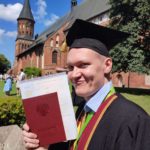
ARTEM
_________________________________________________________________
I’m really glad that I am alumni of master program “Functional nanomaterials and modern technologies”. During my master education, I have met a lot of interesting scientists from different countries, and while communicating with them on lectures and practices gained valuable experience.
The choice of writing diploma in athe form of startup brought me very interesting experience, because I didn’t relate to startup activities before. The Ttopic of my diploma interested in the NOMC “North-Western Center for Mathematical Research named after Sofia Kovalevskaya” that was based on the REC “Smart Materials and Biomedical Applications” at our University, where I continue to work on the development of this topic with the support of the above-mentioned centers.
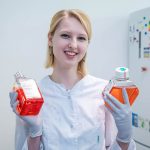
ANNA
_________________________________________________________________
It was a really hard two years of studying in FunNAT but it was definitely worth it. Moving to Kaliningrad, studying in English, writing two thesis takes a lot of your time and energy. Still, this is exactly the kind of situation when you are happy to be exhausted because the results are amazing.
During this program I:
· Meet true professors who care about their students and love their subjects
· Start working in bio lab with cancer cell cultures despite I have bachelor in materials science
· Try to study Polish language
· Find a perfect supervisor for PhD
· Receive master diploma in physics and master diploma in nanomaterials
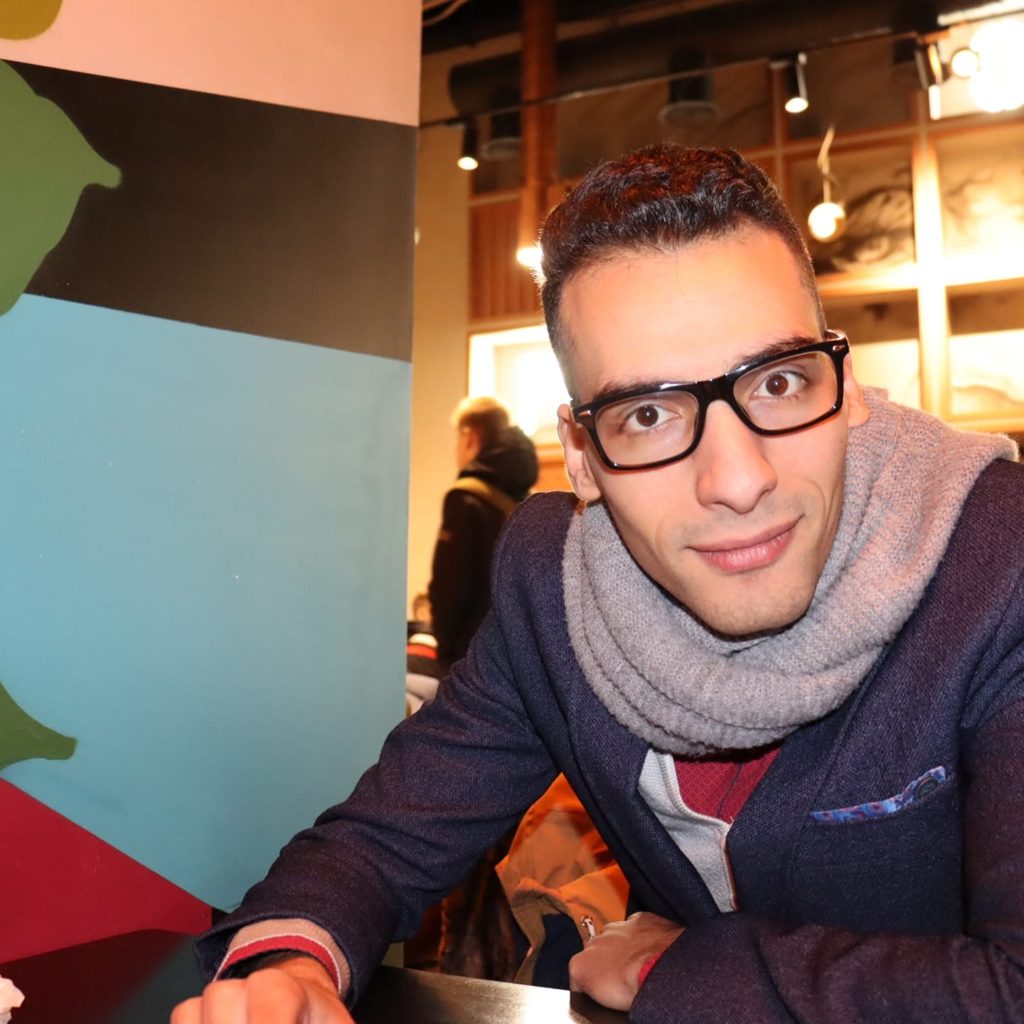
MOHAMED
_________________________________________________________________
First, I want to take about my experience studying nanotechnology’s magnetic medical applications and its development:
My experience so far is one of pride that I have been able to be a part of BFU Immanuel Kant university’s physics department. The dedication and hard work that has been put into my two years of study has allowed me to succeed in many ways, as well as increasing my self-development skills. The university’s nanotechnologies department is a great place to study and I would suggest it to anyone!
Second, I want to talk about effort has been made by university staff to afford the best education and help to the students:
The university have amazing staff support when it comes to all things internally at university and externally within the environment. They are always prepared to go above and beyond when it comes to supporting students when they are confused, or when they are in the worst places. The support given at IKBFU is the best I’ve seen and heard about, no matter is too small nor too big for the university. Everyone is thought about and even if you are not asking for support, it is always there and will present itself when you need it most!
Topic of master thesis:
«Luminescent biopolymers based on extracts for photoactivation of singlet oxygen»
Publications during the study in Master Course and after:
1 – Tcibulnikova A.V.; Zemlyakova E.S.; Slezhkin Structure V.A.; Samusev I.G.; Bryukhanov V.V.; Khankaev A.A.; Artamonov D.A. Spectroscopy of triplet-excited complexes of oxygen with spruce cone molecules extract from picea abies in AOT micelles under combined photoexcitation
2 – Tcibulnikova A.; Zemliakova E.; Artamonov D.; Slezhkin V.; Skrypnik L.; Samusev I.; Zyubin A.; Khankaev A.; Bryukhanov V.; Lyatun I. Photonics of Viburnum opulus L. Extracts in Microemulsions with Oxygen and Gold Nanoparticles
3 – ARTAMONOV D.A., MYSLITSKAYA N.A., TSYBULNIKOVA A.V., SAMUSEV I.G., BRYUKHANOV V.V. OPTICAL RADIATION SPECTRA OF BISMUTH AND YTTERBIUM OXIDE UNDER INFRARED EXCITATION
4 – KHANKAEV A.A., ARTAMONOV D.A., TSYBULNIKOVA A.V., SHADDKIN V.A., SAMUSEV I.G., BRYUKHANOV V.V. PERMITTIVITY FUNCTIONS TITANIUM NANOSTRUCTURED DATA SURFACES
5 – ARTAMONOV DMITRY ALEXANDROVICH, TSYBULNIKOVA ANNA VLADIMIROVNA, SHLYADKIN VASILY ANATOLYEVICH, BRYUKHANOV VALERY VENIAMINOVICH, MEDVEDSKAYA POLINA NIKOLAEVNA, LYATUN IVAN IGOREVICH OPTICAL PROPERTIES OF TRIVALENT THULIUM IONS IN THE PRESENCE OF SILVER NANOPARTICLES IN TM2O3 MEDIUM
6 – TSYBULNIKOVA ANNA VLADIMIROVNA, ARTAMONOV DMITRY ALEXANDROVICH, SHLEZHKIN VASILY ANATOLYEVICH, BRYUKHANOV VALERY VENIAMINOVICH BROADENING OF EXTINCTION AND IMAGINARY SPECTRA DIELECTRIC CONSTANT IN A CLUSTER OF GOLD NANOPARTICLES
7 – DEMESHKEVICH E.A., ZYUBIN A.YU., KHANKAEV A.A., ARTAMONOV D.A., SAMUSEV I.G. FORMATION OF MONODISPERSE PLATINUM NANOPARTICLES BY FEMTOSECOND LASER ABLATION
Named scholarships:
Finalist of the competition for the program “UMNIC” – 2019 in the Kaliningrad region
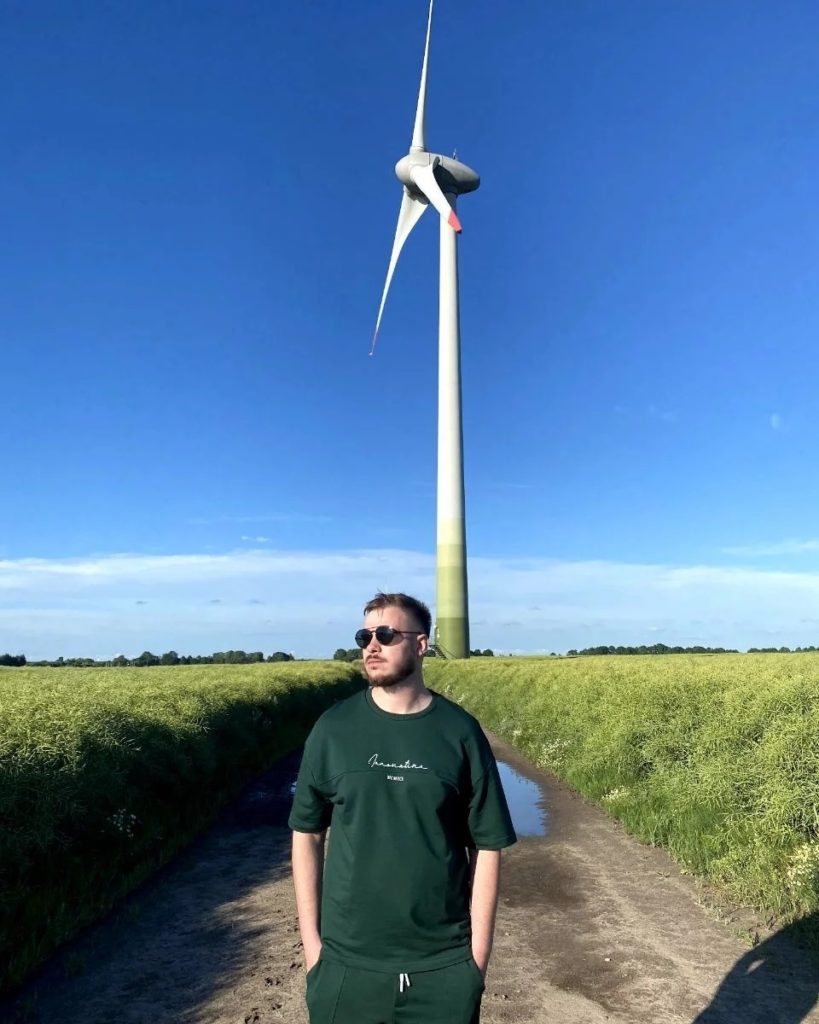
Topic of master thesis:
Thesis: «Solitons in condensed matter physics and black holes»
Thesis Advisor: Artyom V. Astashenok, Ph.D.
Publications during the study in Master Course and after:
1 – A.V. Astashenok, A.S. Tepliakov. Some models of holographic dark energy on the Randall-Sundrum brane and observational data, International Journal of Modern Physics D Vol. 29, No. 01, 1950176 (2020). DOI:10.1142/S0218271819501761
2 – A.V. Astashenok, S.D. Odintsov, A.S. Tepliakov. The unified history of the viscous accelerating universe and phase transitions, Nucl.Phys.B 974 (2022) 115646 DOI: 10.1016/j.nuclphysb.2021.115646
3 – A.V. Astashenok, A.S. Teplyakov. On possible manifestations of the quantum effect of Hawking radiation in nonlinear optics, Bulletin of the Baltic Federal University named after I. Kant. Ser.: Physical, Mathematical and Technical Sciences. 2021 No. 2 pp. 103-114.
4 – A. S. Baigashev, M. A. Nikitin, A. S. Teplyakov. Nuclear protection against kilometer-long asteroids. Space Research, 2022, Volume 60, No. 4, pp. 1-6 DOI: 10.31857/S0023420622040021
5 – M.A. Nikitin, A.S. Teplyakov. Space elevator. Popular Science Physics and Mathematics journal “Kvant”, 2022, No. 1, pp. 13-17. DOI:10.4213/kvant20220101
6 – Astashenok, A.V.; Tepliakov, A. Crossing of Phantom Divide Line in Model of Interacting Tsallis Holographic Dark Energy. Universe 2022, 8, 265 DOI:10.3390/universe8050265
7 – A. S. Baigashov, M. A. Nikitin, and A. S. Tepliakov. Nuclear Defense Against Kilometer-Long Asteroids. Cosmic Research, 2022, Vol. 60, No. 4, pp. 292–296. DOI: 10.1134/S0010952522040025
Participation in grants:
1. Manager for physical and mathematical training of students and organization of the network segment of the project «Stimulating the scientific and technological creativity of young people and involving gifted schoolchildren in the future
professional activity “The Way to the Stars”». №19-2-006087. Project realization term: 01.11.2019 – 31.10.2020.
2. Manager for work with tutors of the project «Engaging students in future professional activities “New Horizons”».
№ 21-1-008956. Project realization term: 01.02.2021 – 31.01.2022
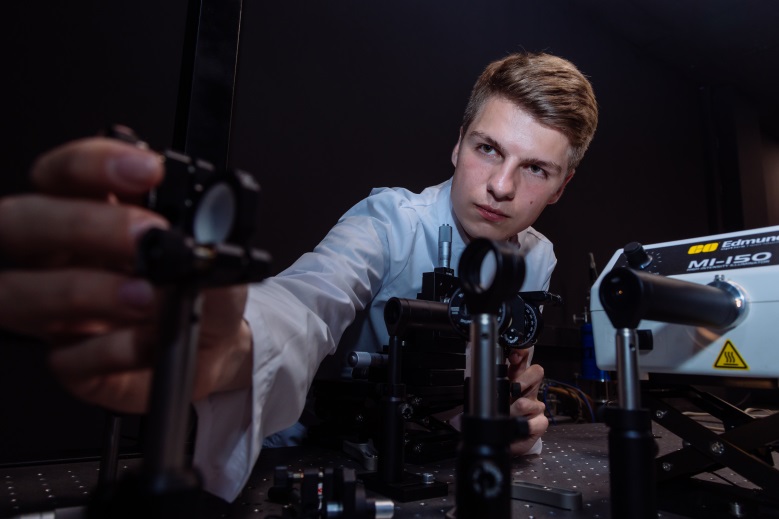
Topic of master thesis:
«Three-dimensional magnetic field mapping with magnetoplasmonic crystal-based sensor»
Publications during the study in Master Course and after:
1 – Murzin, D., Mapps, D. J., Levada, K., Belyaev, V., Omelyanchik, A., Panina, L., & Rodionova, V. (2020). Ultrasensitive magnetic field sensors for biomedical applications. Sensors, 20(6), 1569
2 – Murzin, D. V., Belyaev, V. K., Groß, F., Gräfe, J., Rivas, M., & Rodionova, V. V. (2020). Tuning the magnetic properties of
permalloy-based magnetoplasmonic crystals for sensor applications. Japanese Journal of Applied Physics, 59(SE), SEEA04.
3 – Belyaev, V. K., Murzin, D. V., Kozlov, A. G., Grunin, A. A., Samardak, A. S., Ognev, A. V., … & Rodionova, V. V. (2020).
Engineering of optical, magneto-optical and magnetic properties of nickel-based one-dimensional magnetoplasmonic crystals. Japanese Journal of Applied Physics, 59(SE), SEEA08.
4 – Omelyanchik, A., Antipova, V., Gritsenko, C., Kolesnikova, V., Murzin, D., Han, Y., … & Rodionova, V. (2021). Boosting
magnetoelectric effect in polymer-based nanocomposites. Nanomaterials, 11(5), 1154
5 – Belyaev, V. K., Murzin, D., Martínez-García, J. C., Rivas, M., Andreev, N. V., Kozlov, A. G., … & Rodionova, V. (2021). FORC-diagram analysis for a step-like magnetization reversal in nanopatterned stripe array. Materials, 14(24), 7523
6 – Motorzhina, A., Jovanović, S., Belyaev, V. K., Murzin, D., Pshenichnikov, S., Kolesnikova, V. G., … & Levada, K. (2021).
Innovative Gold/Cobalt Ferrite Nanocomposite: Physicochemical and Cytotoxicity Properties. Processes, 9(12), 2264
Participation in grants:
1. Main executor in Russian Science Foundation grant No. 21-72-3002 “Development and research of multimaterials with
magnetic nanocomponents for additive 3d-5d technologies”, project started in 2021.
2. Executor government task No. 3.4168.2017 “Capture, retention and injection of a domain wall in wires with cylindrical
symmetry with diameters from submicrons to microns and control of the dynamics of the motion of the domain wall in them”, 2017-2019.
3. Executor in Russian Science Foundation grant No. 22-22-00997 “Development of a magnetic field sensor element based
on a two-dimensional magnetoplasmonic crystal for point-of-care devices”, project started in 2022.
4. Executor in Ministry of Science and Higher Education of the Russian Federation grant “Development of a sensor for
detecting constant and variable magnetic fields based on a magnetoplasmonic crystal”.
Named scholarships:
1 – Advanced scholarship of the Immanuel Kant Baltic Federal University
2 – Personal scholarship of the Governor of the Kaliningrad region
Internships:
1. Internship to the department of magnetism of the Lomonosov Moscow State University
2. Internship to the Institute of Chemistry and Ecology of the Vyatka State University
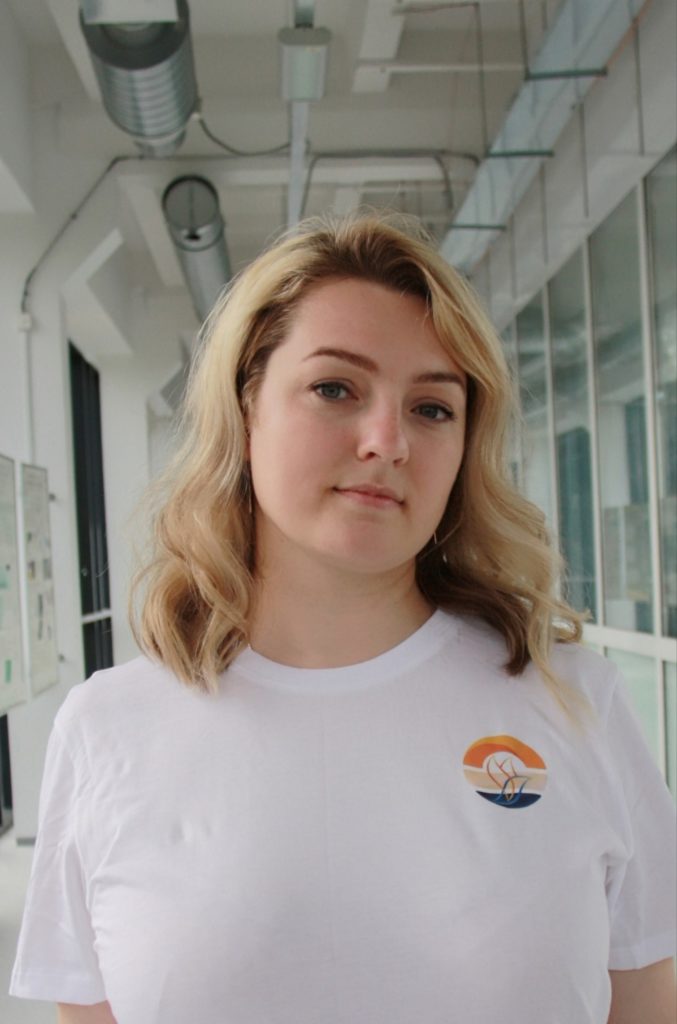
Topic of master thesis:
«Study of temperature-dependent magnetization reversal in exchange bias structures based on permalloy»
Publications during the study in Master Course and after:
1 – Temperature-dependent magnetization reversal in exchange bias nife/irmn/nife structures / Gritsenko Ch., Dzhun
I., Volochaev M., Gorshenkov M., Babaytsev G., Chechenin N., Sokolov A., Tretiakov Oleg A., Rodionova V.// Journal of Magnetism and Magnetic Materials – 2019– V. 482 – p. 370-375, (https://doi.org/10.1016/j.jmmm.2019.03.044).
2 – Inhomogeneous magnetic field influence on magnetic properties of NiFe/IrMn thin film structures / Gritsenko Ch.,
Omelyanchik A., Berg A., Dzhun I., Chechenin N., Tretiakov O., Rodionova V.// Journal of Magnetism and Magnetic Materials – 2019 – V. 475 – p. 763-766. (https://doi.org/10.1016/j.jmmm.2018.10.013).
3 – FMR investigations of exchange biased NiFe/IrMn/NiFe trilayers with high and low Ni relative content / Dzhun I.O.,
Babaytsev G. V., Chechenin N.G., Gritsenko C.A., Rodionova V. V. // Journal of Magnetism and Magnetic Materials – 2019 – V. 470 – p. 151-155. (https://doi.org/10.1016/j.jmmm.2017.11.028).
4 – Amirov, A. A., Yusupov, D. M., Murliev, E. K., Gritsenko, C. A., Aliev, A. M., & Tishin, A. M. (2021). Smart thermoresponsive composite activated by magnetocaloric effect. Materials Letters, 304, 130626 (https://doi.org/10.1016/j.matlet.2021.130626).
5 – Gritsenko C. et al. Complex Study of Magnetization Reversal Mechanisms of FeNi/FeMn Bilayers Depending on
Growth Conditions //Nanomaterials. – 2022 – Т. 12 – №. 7 – С. 1178, (https://doi.org/10.3390/nano12071178 ).
6 – Omelyanchik, A., Antipova, V., Gritsenko, C., Kolesnikova, V., Murzin, D., Han, Y., … & Rodionova, V. (2021).
Boosting magnetoelectric effect in polymer-based nanocomposites. Nanomaterials, 11(5), 1154,(https://doi.org/10.3390/nano11051154).
Participation in grants:
1. Russian Science Foundation, 21-72-30032 Development and research of multi-materials with magnetic nanocomponents for additive 3d-5d technologies”, 2021 – 2024, participation;
2. Russian Science Foundation, 21-72-20158 “Development of mesoscale hybrid magnetic particles for biomedical applications,” participation;
3 Russian Foundation for Basic Research, 17-32- 50170, “Investigation of the influence of nickel content in exchange-coupled NiFe films on their micromagnetic structure and structural properties of thin-film systems based on them”, 03-06.2018 г., participation;
4. The Government assignment № 3.4168.2017/ПЧ “Trapping, pinning and injecting of domain wall in wire with cylindrical symmetry with diameters from submicron to few microns and control of domain wall propagation dynamics”, 2017-2019 гг., participation;
5. Russian Science Foundation, 18-79-10176, “Development and creation of technological bases for the design of magnetoelectric smart composites for controlled release of drugs”, 2018-2019 гг., participation;
6. Russian Science Foundation, 17-12-01569, “Physics fundamentals for the creation of electromagnetic actuators based on microwires”, 2017-2019, participation;
7. Grant from the Ministry of Science and Higher Education of the Russian Federation No. 13.2251.21.0143 “Development of a sensor for detecting constant and variable magnetic fields based on a magnetoplasmonic crystal”, 2022-2025, participation.
Named scholarships:
One year (2021) Postdoc position at the Faculty of Science of Univerzita Pavla Jozefa Šafárika v Košiciach (Kosice, Slovakia) for study of 1D and 2D diffraction gratings with metal dielectric interfaces.
Internships:
1 – NOVEMBER-DECEMBER 2019 – INSTITUTE OF CHEMISTRY OF ORGANOMETALLIC COMPOUNDS OF CNR (FLORENCE, ITALY) – Synthesis and investigation of thin ferromagnetic films NiXFe100-X using magnetron sputtering method.Fabrication of diffraction gratings using electron beam lithography.
2 – JULY 2019 – GDAŃSK UNIVERSITY OF TECHNOLOGY (GDANSK, POLAND)- Erasmus+ program, Investigation of
structural properties exchange biased NiFe/FeMn thin film structures.
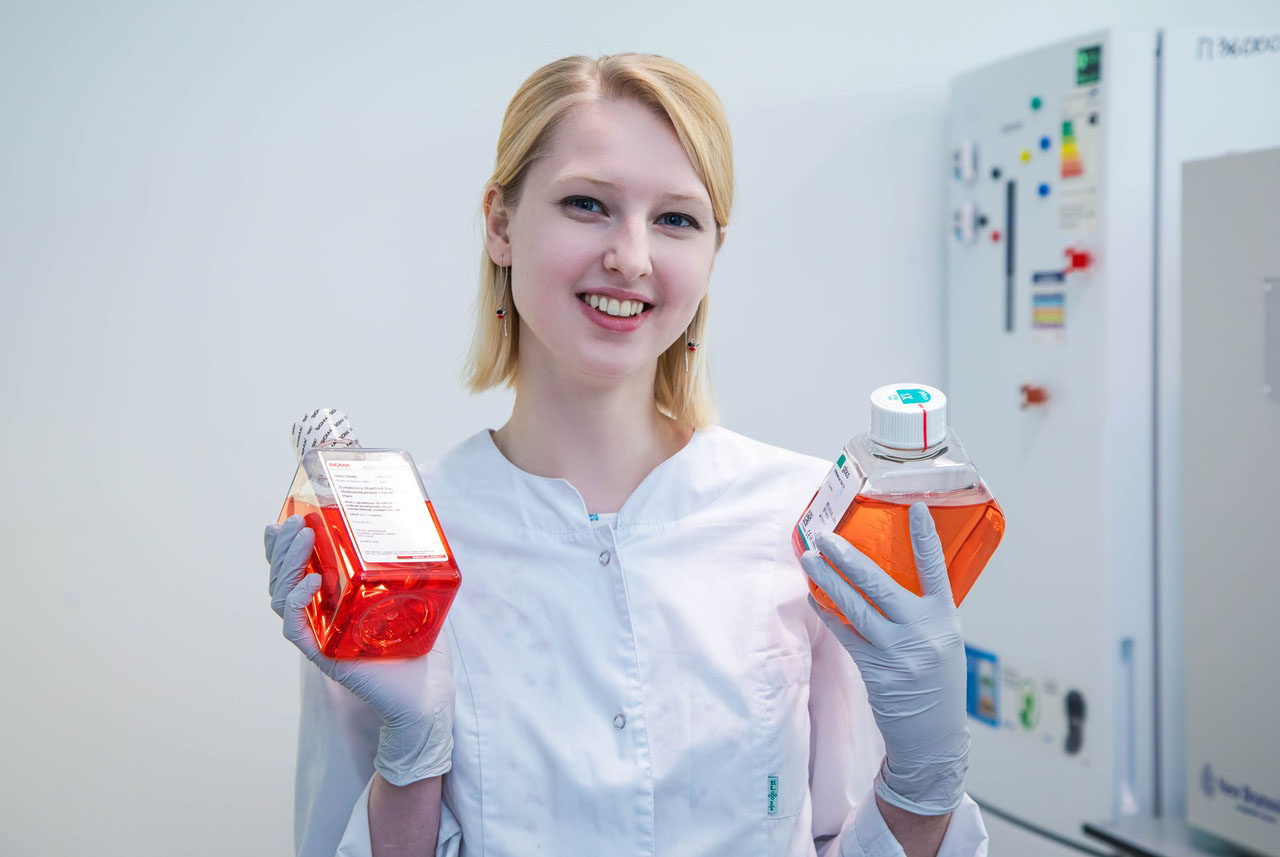
Topic of master thesis:
Thesis: «Magnetic cobalt-ferrite nanoparticles as a novel therapeutic agent for T-lymphoblastic leukemia»
Thesis Advisor: Dr. Kateryna Levada, Dr. Sonja Jovanovic, Prof. Anna Perelomova
Publications during the study in Master Course and after:
1 – A.V. Motorzhina et al., Innovative Gold/Cobalt Ferrite Nanocomposite: Physicochemical and Cytotoxicity Properties // Processes. – 2021 – T. 9 – P. 2264 DOI: 10.3390/pr9122264
2 – A.V. Motorzhina et al., Study of Gold/Zinc-doped cobalt ferrite nanoparticles cytotoxic effect on T-lymphoblastic leukemia cells // Nanobiotechnology Reports. – 2022 – T.3 – DOI: 10.56304/S1992722322030128
Participation in grants:
1. April 2021 – May 2022 Research Engineer PSF 21-72-30032 Development and investigation of multimaterials with magnetic nanoinclusions for additive 3d-5d technologies
2. April 2021 – May 2022 Research Engineer PSF 21-72-20158 Development of mesoscale hybrid magnetic particles for biomedical applications
3. May 2022 – to date Research Engineer PSF 22-22-20124 Synthesis and investigation of nickel-zinc nanoparticles doped with silver, as promising multifunctional active agents for wastewater treatment
4. May 2022 – to date Research Engineer PSF 22-12-20036 Development of innovative devices for selective water and air purification based on two-dimensional materials – MXenes
Named scholarships:
Advanced scholarship of the Immanuel Kant Baltic Federal University
Internships:
December 3 –9, 2019 Magnetism Department of M.V.Lomonosov Moscow State University (Moscow, Russia) under the supervision of Prof. N. Perov

Topic of master thesis:«Mathematical modeling of the magnetoelectric effect in a multiferroic composite»
Participation in grants:
1. Russian Science Foundation, 21-72-30032 “Development and research of multi-materials with magnetic nanocomponents
for additive 3d-5d technologies”, 2021 – 2024, participation;
2. Russian Science Foundation, 21-72-20157, participation;
Named scholarships:
Enhanced State Academic scholarship
Publications during the study in Master Course and after:
1 – Mark Smirnov, Ivan Mershiev, Galina Kupriyanova. 1H high-resolution NMR spectrometry and relaxometry for soybean oil research. Magnetic Resonance and its Applications. Spinus-2021. Proceedings. Saint Petersburg State University, 2021 282
pp. ISSN 2542–2049;
2 – Mark Smirnov, Ivan Mershiev, Alexsander Musalenko, Galina Kupriyanova. 1H NMR study of soybean oils. Magnetic Resonance and its Applications. Spinus-2020. Proceedings. Saint Petersburg State University, 2020 308 pp. ISSN 2542-2049;
3 – Mark Smirnov, Ivan Mershiev, Galina Kupriyanova. 1H High-resolution NMR relaxometry for olive oil research. Magnetic Resonance and its Applications. Spinus-2022. Proceedings. Saint Petersburg State University, 2022 271 pp. ISSN 2542 – 2049;
4 – Kupriyanova G.S., Sinyavsky N.Ya.,, Mershiev I.G., Musalenko А.А., Smirnov M.L.. Application of relaxation 1H NMR for oil study. Marine intelligent technology. Electronic network (ISSN 2588-0233) and print (ISSN No. 2073-7173) publications. VI International Baltic Marine Forum. Kaliningrad Т. 1 2019
5 – Smirnov M.L., Zyubin A.Yu., Demishkevich E.A., Kupriyanova G.S. 1H NMR Rhodamine in asin silver solution.
XIX INTERNATIONAL SCIENTIFIC CONFERENCE “INNOVATION IN SCIENCE, EDUCATION AND ENTREPRENEURSHIP – 2021”, SECTION “PHYSICS OF CONDENSED STATE”. Proceedings. Kaliningrad State Technical University, 2022 667 pp. ISBN 978-5-7481-0485-2.
6 – M. Smirnov, I. Mershiev, G. Kupriyanova. 13С NMR High Resolution Spectrometry and Relaxometry for Soybean Oil Research. MODERN DEVELOPMENT OF MAGNETIC RESONANCE – 2021 Proceedings. Zavoisky Physical-Technical Institute, FRC Kazan Scientific Center, Russian Academy of Sciences. 2021 288 pp.
7 – G.S. Kupriyanova, G. V. Mozzhukhin, I. G. Mershiev, M. L. Smirnov, B. Z. Rameev. 1 H, 13C NMR for Testing of Edible Oils. MODERN DEVELOPMENT OF MAGNETIC RESONANCE – 2021 Proceedings. Zavoisky Physical-Technical Institute, FRC Kazan Scientific Center, Russian Academy of Sciences. 2021 288 pp.
Named scholarships:
Laureate of the competition of the best poster presentation. 18 International Youth school conference «Spinus. Magnetic resonance and its application».



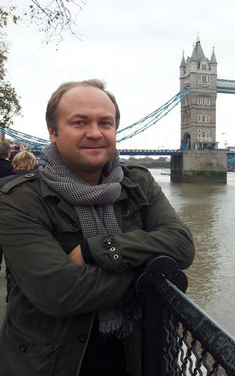

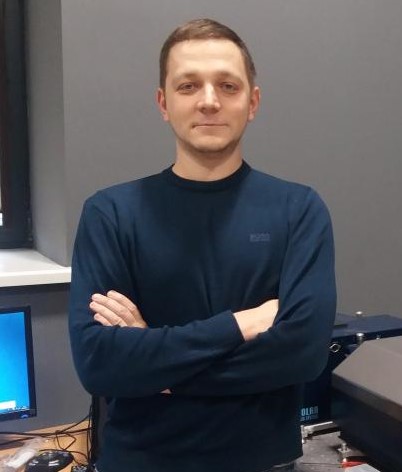




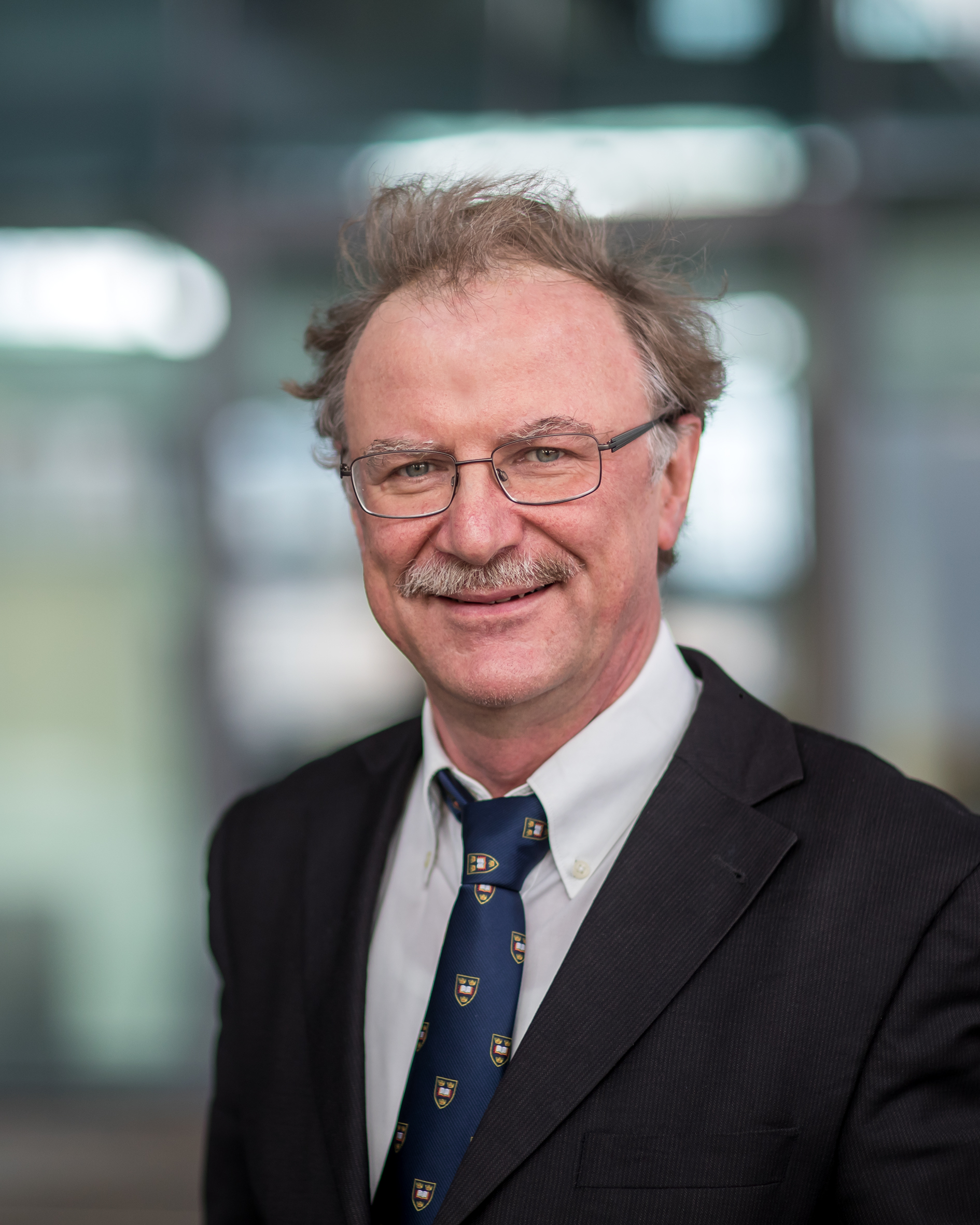

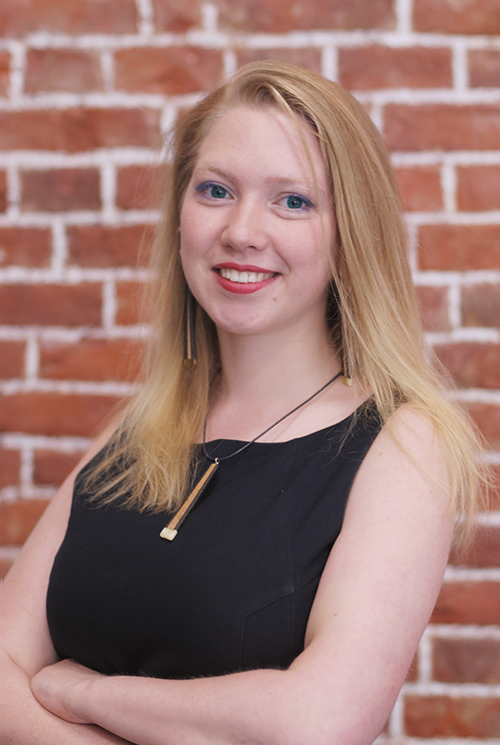
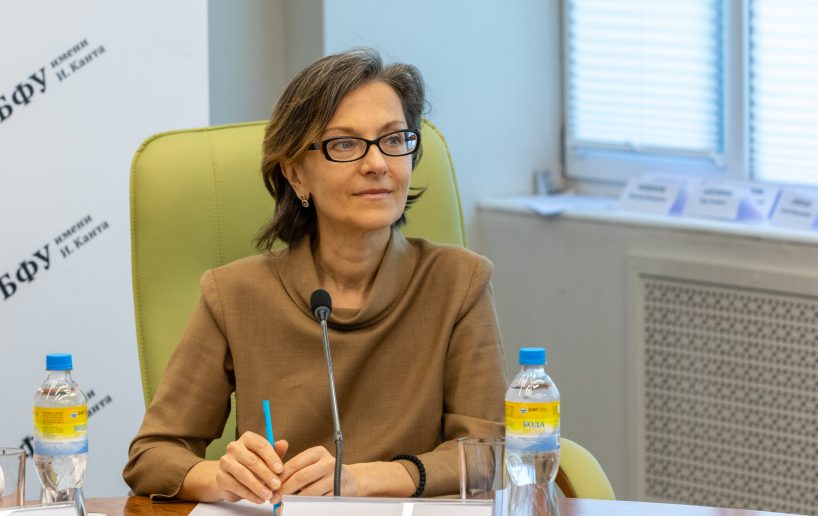
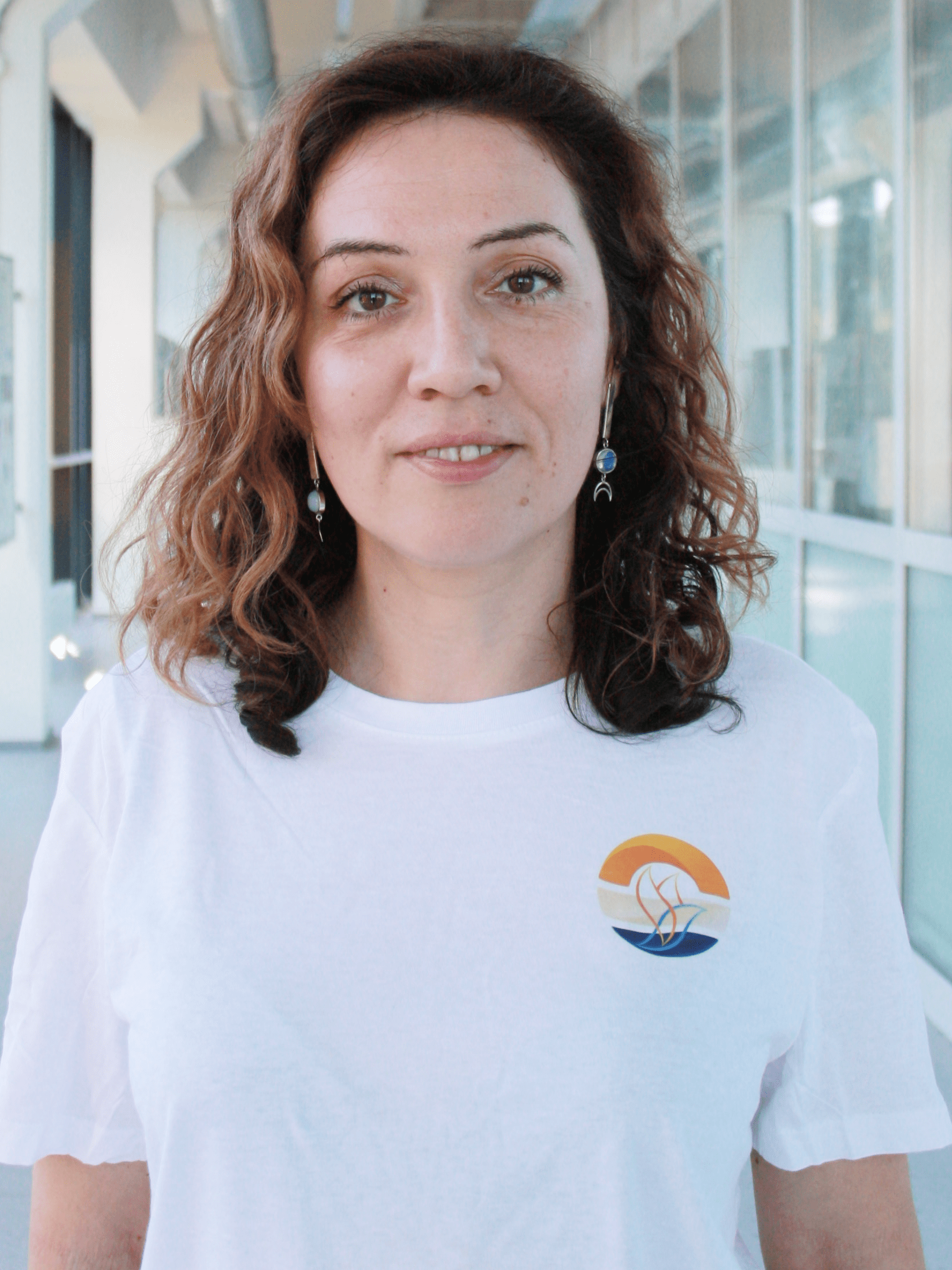
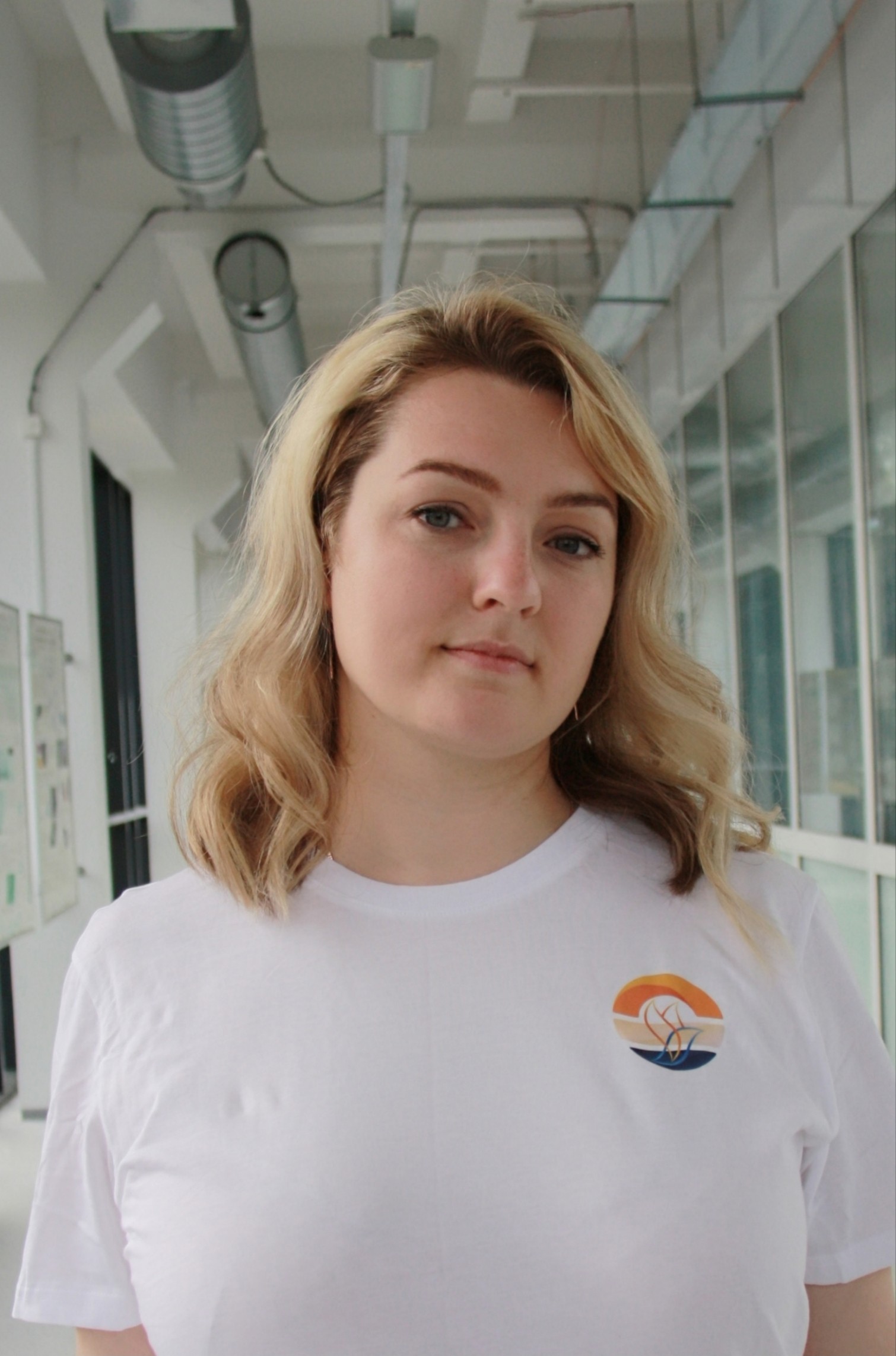
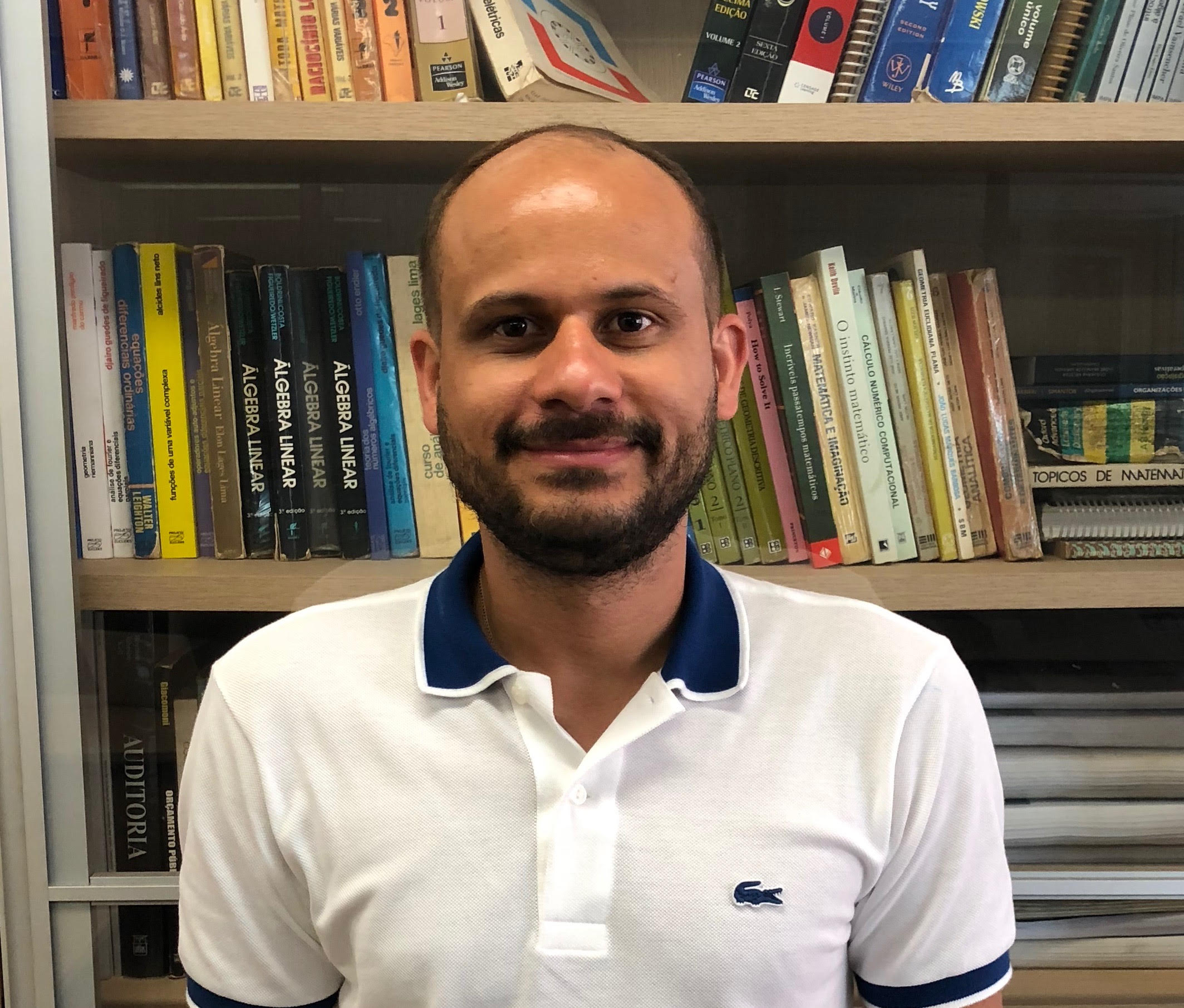
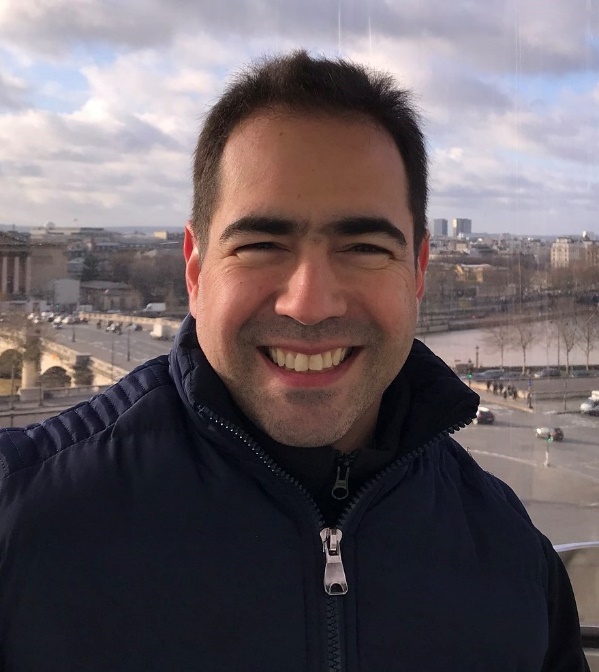
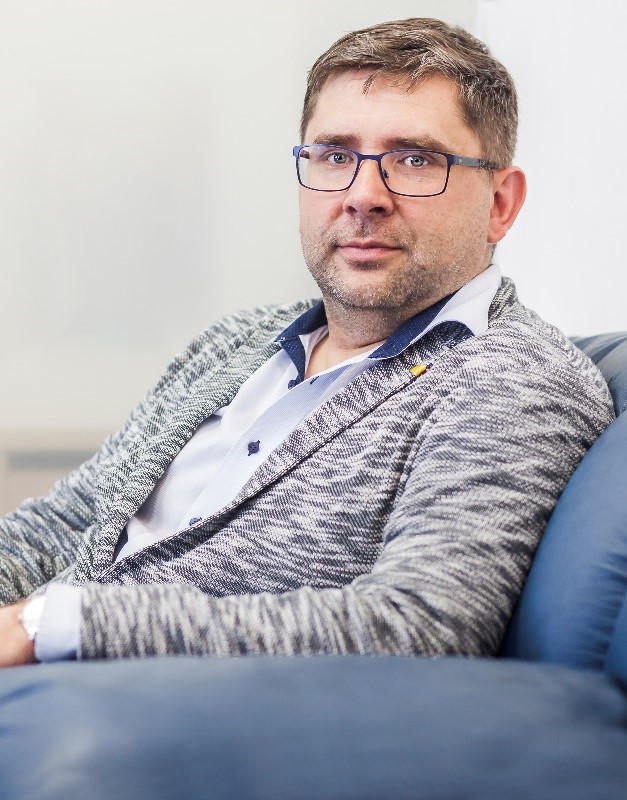
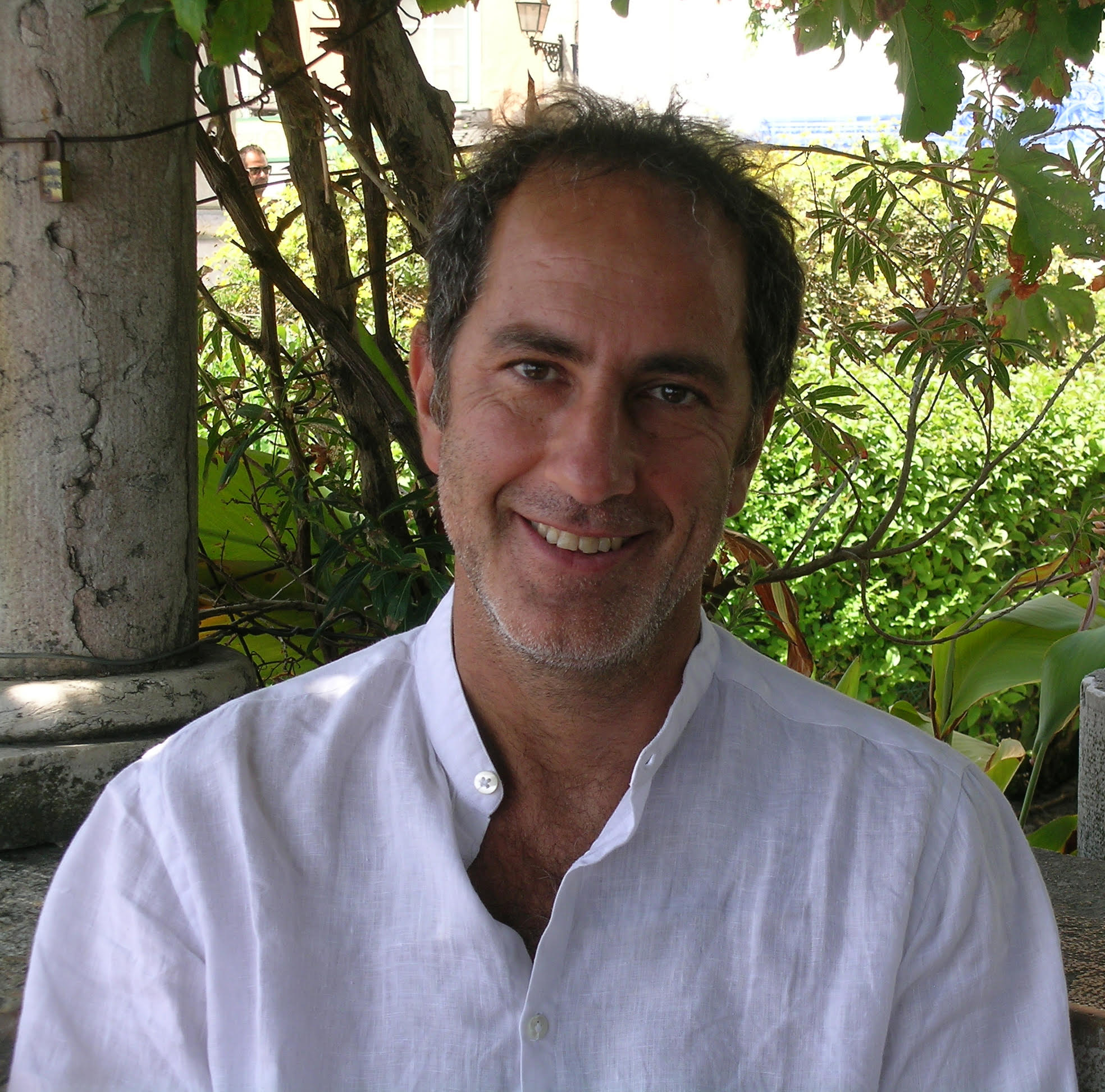
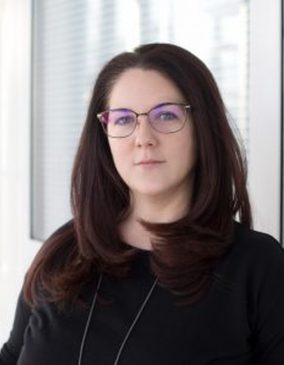
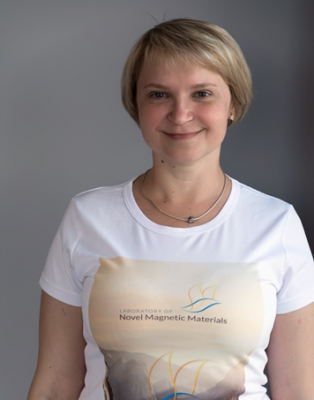

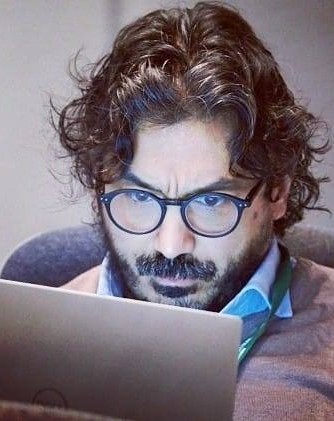
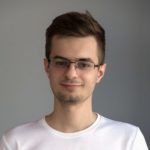
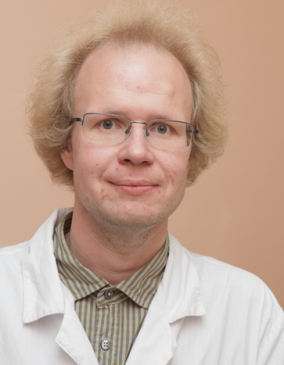

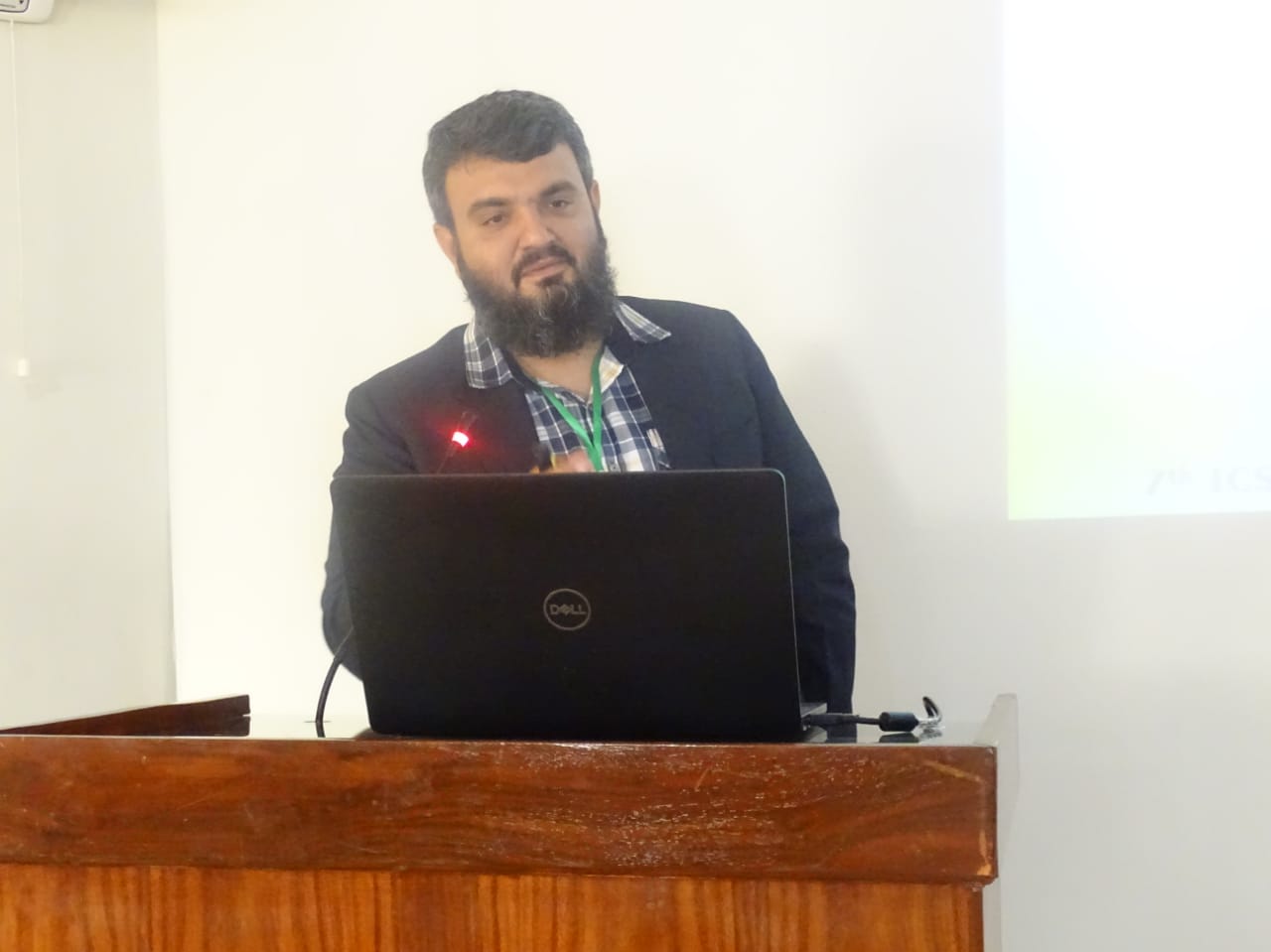
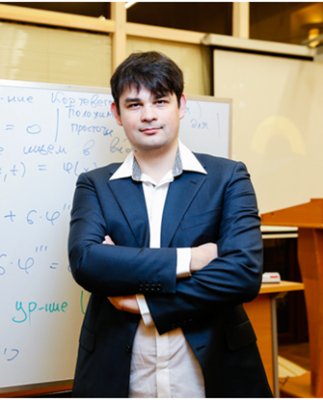


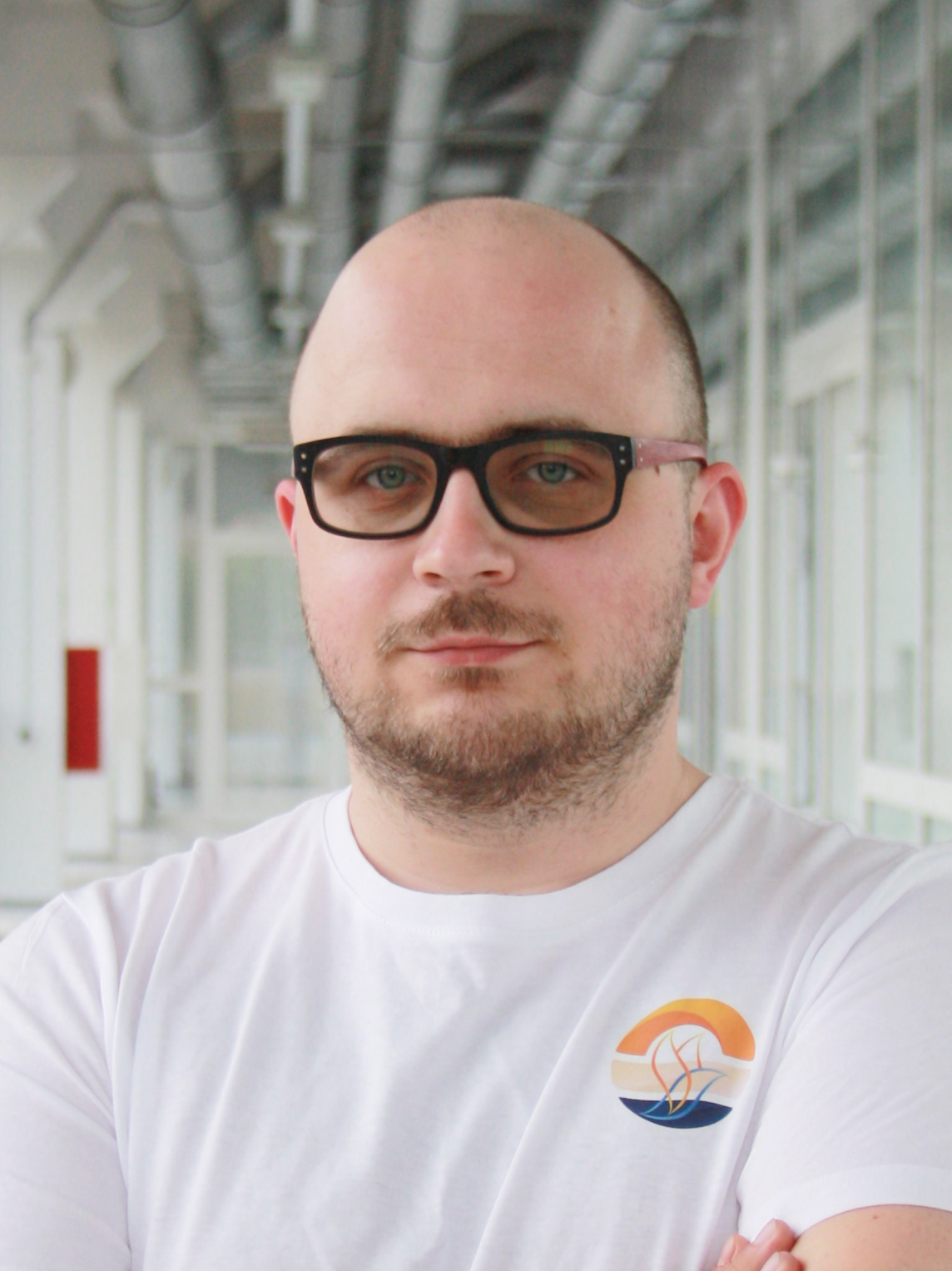

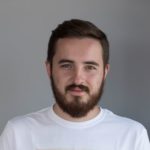
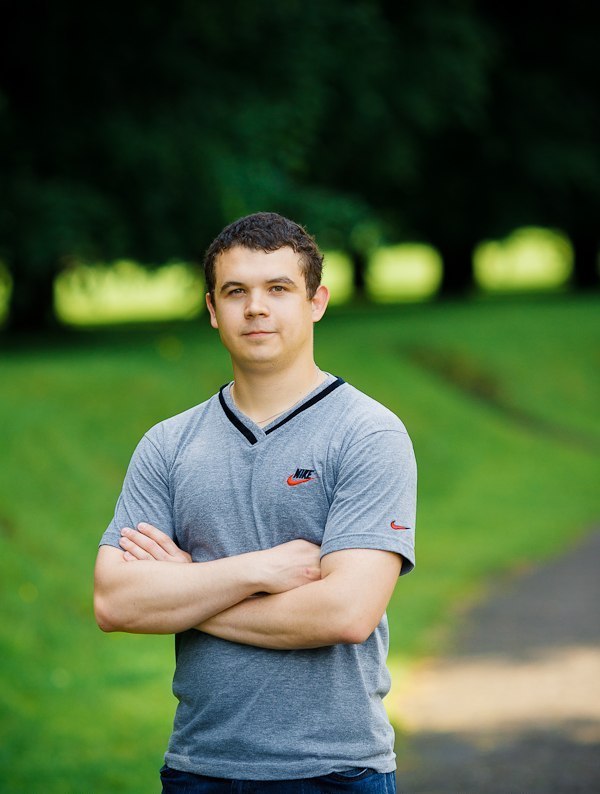
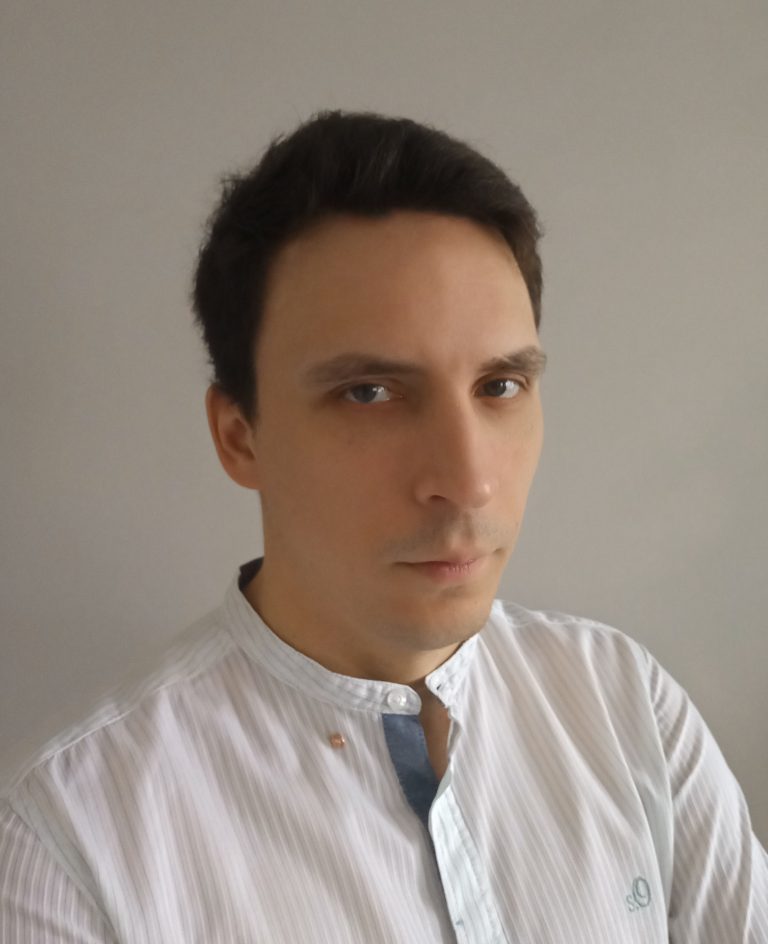
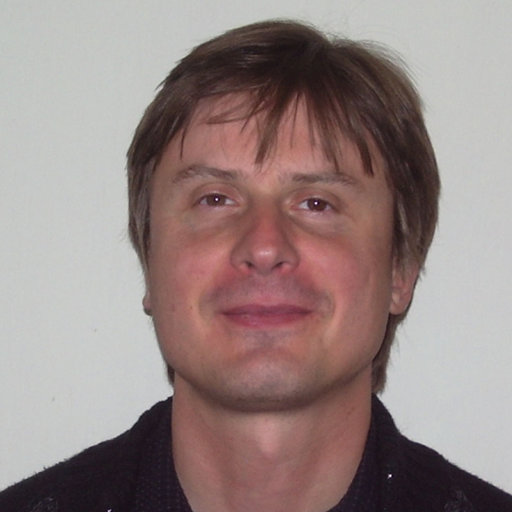



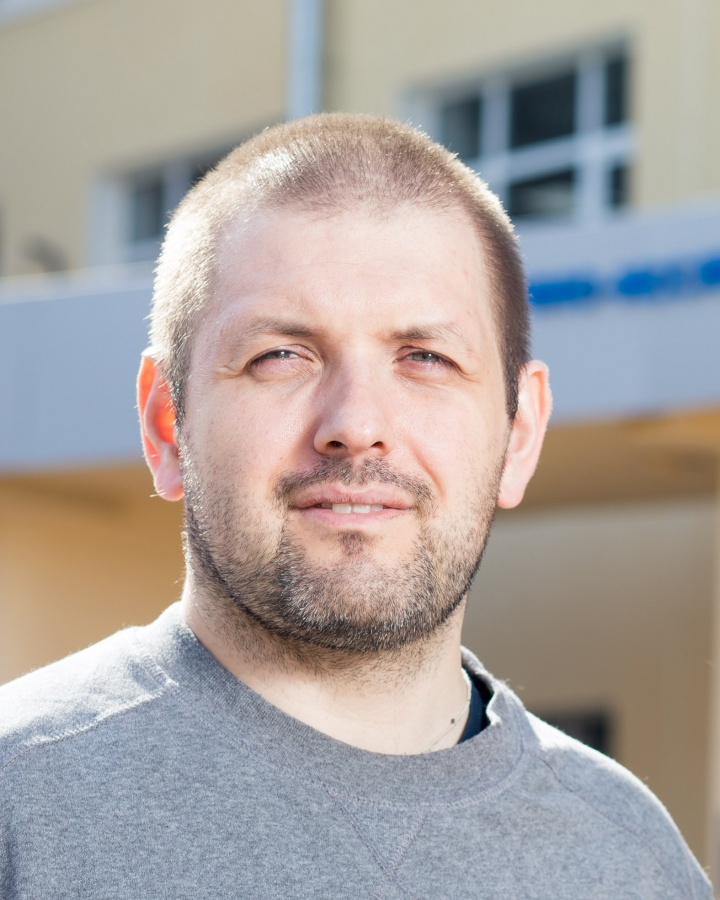
| Александр Владимирович Садовников
к.ф.-м.н., доцент кафедры физики открытых систем Саратовского государственного университета им. Н.Г. Чернышевского 2009 год окончил Саратовский государственный университет (СГУ); |
Dr. Grzegorz Kwiatkowski
Postdoc
Science Institute
University of Iceland
Dr. Grzegorz Kwiatkowski obtained his PhD from the Faculty of Applied Physics and Mathematics at the Gdańsk University of Technology, Poland and joined the physics department of the Gdańsk University of Technology, Poland in 2014. He joined then Immanuel Kant Baltic Federal University, Russia in 2016 as Leading Researcher. In 2018 he begun a postdoctoral fellowship at the Science Institute of the University of Iceland in Reykjavík, Iceland where he works up to now.
| Кон Игорь Игоревич Младший научный сотрудник НОЦ «Фундаментальная и прикладная фотоника. Нанофотоника» Защитился в ИФМиТ БФУ им. Канта по магистерской программе физика конденсированного состояния. На данный момент обучается на 2 курсе аспирантуры по направлению физика и астрономия. Область научных интересов: математическое моделирование, наноплазмоника, квантовая химия. |
Dr. Shanawer Niaz
Assistant Professor/ Coordinator Department of Physics
University of Sargodha, Sub-campus Bhakkar, Pakistan
Dr. Shanawer Niaz obtained his PhD from the Molecular Engineering Laboratory (MOLENG) at the University of Patras, Greece and joined the physics department of the University of Sargodha, Pakistan in 2014. Prior to the PhD, he was Lecturer at the same university from 2007 till the beginning of 2010. He moved then Bilkent University, Turkey for postdoctoral fellowship where he finished a research project funded by The Scientific and Technological Research Council of Turkey (TÜBİTAK) in 2016. He then joined IKBFU, Russia in 2017 as Leading Researcher. Dr. Shanawer does research in Nanotechnology, Theoretical Chemistry and Quantum Physics.
Верещагин Михаил Дмитриевич
доцент БФУ им. Канта, PhD, преподаватель теоретической механики и механики сплошных сред
Закончил физический факультет БФУ им. Канта, защитился в университете Зелена Гура по специальности физика / астрономия,
является членом комиссии Калининградской области по ЕГЭ и олимпиадам по физике.
Является преподавателем таких предметов как Теоретическая механика и механика сплошных сред, Термодинамика и статистическая физика, также множества курсов по программированию на различных языках.
Область научных интересов: магнитные явления (микропровода), математическая физика, теоретическая механика, численные методы, программирование
Юрий Дмитриевич Фомин,
ведущий научный сотрудник, Институт физики высоких давлений им. Л.Ф. Верещагина РАН
2007 закончил МФТИ, кафедра конденсированного состояния вещества в экстремальных условиях;
2009 защитил кандидатскую диссертацию на тему «Фазовая диаграмма коллапсирующих сфер»;
2011 PostDoc в Университете Клермон-Феррона, Франция; 2012 PostDoc в Университете Любляны, Словения, моделирование ионных жидкостей методами молекулярной динамики;
2016 защитил докторскую диссертацию на тему «Компьютерное моделирование аномального поведения жидкостей».
Область научных интересов: компьютерное моделирование жидкостей, газов и кристаллов, исследование фазовых переходов, свойств сверхкритических жидкостей, низкоразмерных систем.
At the beginning of July, 6 members of REC «Smart Materials and Biomedical Applications» took part in the XXIV International Conference «New in Magnetism and Magnetic Materials» (https://lomonosov-msu.ru/rus/event/6546/ ). The conference was held online from 1th to 8th of July.
Master student Valeria Kolesnikova gave an oral talk «Micromagnetic structure and magnetic properties of ferromagnetic microwires». Master student Valery Savin presented results of his research «Investigation of accelerated motion of domain wall in a bistable ferromagnetic microwire 1st». Prof. S. B. Leble gave also an oral talk «Influence of microwire inhomogeneities on a head-to-head domain wall dynamics 2nd». PhD student Kirill Sobolev presented his work «Investigation of magnetic properties of MAX-phases in (Cr1-xMnx)2AlC system before and after sample purification via the chemical etching». PhD student Alyona Litvinova gave an oral talk on her research “Investigation of magnetostriction properties of amorphous ferromagnetic microwires in a glass shell”. In the section «Biomagnetism», bachelor student Zoya Grigorieva spoke about a new technique for diagnosing Crohn’s disease using ferromagnetic nanoparticles.
Date and place of birth; Nationality: 27.May.1980 in Sverdlovsk; Russian
ORCID-ID: 0000-0001-5700-7009, full list of publications on webpage:
Webpage: https://dsm.univie.ac.at e-mail: sofia.kantorovich@univie.ac.a
.) Assoc. Professor at the Faculty of Physics, University of Vienna
.) Deputy Head of the research platform MMM Mathematics-Magnetism-Materials, University of Vienna
.) Assoc. Professor at Ural Federal University, www.urfu.ru
b) HIGHER EDUCATION:
1997 – 2001 Studies of Mathematics and Applied Mathematics at the Ural Federal University
Bachelor thesis Density functional theory for bidisperse ferrofluid. Diploma with distinction.
2001 – 2003 Studies of Mathematics and Applied Mathematics at the Ural Federal University
Master thesis Microstructural properties of ferrofluid. Diploma with distinction.
2003 – 2004 Ph.D.-student in Physics of Magnetism at Ural State University/Moscow State University
Ph.D. thesis Chain aggregates in polydisperse magnetic fluids.
May. 2011 Habilitation to Privatdozent in Physics, Ural Federal University
July. 2015 Habilitation in Physics, University of Vienna
Thesis Bridging Scales in Dipolar Soft Matter
May. 2019 Habilitation to Professor in Physics, Ural Federal University
Languages : Russian (native), English (fluent), German (fluent), Italian (fluent), French (intermediate)
c) APPOINTMENTS/POSITIONS:
2000 – 2009 Postdoctoral fellow, Max Planck Institute for Polymer Research, Mainz, Germany;
Researcher, lecture, senior researcher, associate professor, Ural State University, Ekaterinburg, Russia;
2009 – 2012 Humboldt Fellow at the Institute for Computational Physics, Stuttgart, Germany;
2012 – 2013 Senior researcher, University of Rome “La Sapienza”, Italy.
2013 – 2016 Senior researcher, START-Project Leader, University of Vienna, Austria.
2016 – 2017 Tenure track Associate professor, University of Vienna, Austria
2011 – present time Associate Professor
Institute of Natural Sciences and Mathematics, Department of Theoretical Physics, Ural Federal University, Russia.
2017 – present time Associate Professor
Faculty of Physics, Computational Physics, University of Vienna, Austria.
2019 – present time Vice-president of Wolfgang-Pauli-Institute/University of Vienna, Austria.
d) RESEARCH FIELDS: Magnetic Soft Matter (magnetic fluids, magnetic gels, capped magnetic colloids, anisotropic magnetic particles, Janus particles), Charged Colloids (ionic liquids, polyelectrolytes), Self-Assembly in Nanostructured Soft Matter Systems, Active Matter; Coarse-grained Molecular Dynamics and Monte Carlo simulations + Classical Density functional Theory + Mean field theories for (dynamic) magnetic response.
PhD, Doctor of Science (Habil.), Full Professor, Faculty of Physics,
Lomonosov Moscow State University, Moscow, Russia
Prof. Andrey Fedyanin received his MSc degree in Physics in 1996, PhD degree in Physics in 1997 and Doctor of Science degree (Habilitation) in 2009 from the Faculty of Physics, Lomonosov Moscow State University, Russia.
Prof. Fedyanin is Head of the Laboratory of Nanophotonics & Metamaterials and Chair of Nanophotonics Department at Faculty of Physics, Lomonosov Moscow State University.
His main research activities focus on nanophotonics, nano-optics and nonlinear optics of different types of nanostructures including metamaterials, in particular, on magnetoplasmonics in nanostructures, photonic crystals and metamaterials, nanoplasmonics in nanostructures and metamaterials, nanophotonics in optical tweezers, near-field optical studies of plasmonic nanostructures and metamaterials, and ultrafast dynamics of optical response of nanostructures, photonic crystals and metamaterials.
Professor Des Mapps is Professor Emeritus at the University of Plymouth, UK. As of April 2021, he has published 163 papers in International research journals, 13 patents, and 77 major reports for the industry. He has presented 128 papers in international research conferences across the world and 70 papers at other national events, mainly in the UK. He has supervised 27 PhDs. He specializes in magnetic sensors, magnetic computer memories, nanotechnology, and bio-magnetism. He has been External Examiner for MSc courses and PhDs in many UK Universities. He is a nominator for the Japan Prize.
Polina Khapaeva is the director for the development of SCAMT Institute (ITMO University, Saint Petersburg, Russia).
She has received a specialist degree in the economy at the Northern (Arctic) Federal University and a BSc degree in circumpolar studies at the University of the Arctic.
After more than 5 years in the HR sphere and Youth work, in 2017 she joined the SCAMT team for leading HR, PR, events, and international activities.
Since 2019 she is teaching Public speaking and presentation skills in the frame of the International Research Management Essentials course. She is also a trainer of the European pool of trainers AEGEE-Academy.
María del Puerto Morales is Professor at the Institute of Material Science in Madrid (ICMM/CSIC), Spain since 2018. She got her degree in Chemistry by the University of Salamanca and her PhD in Material Science from the Madrid Autonomous University in 1993. From 1994 to 1996, she worked as a postdoctoral fellow at the School of Electronic Engineering and Computer Systems in the University of Wales (UK).
She has authored several book chapters (12), patents (5) and more than 260 articles (h=60, >14.500 citations) and has been the principal investigator from the CSIC in two European-funded research projects in the 7FP (Multifun and NanoMag) and now, she is CSIC IP in MSCA-RISE-2020, NESTOR (2021-2024) and is participating in the FET-OPEN, HOTZYMES 2019-2021.
Her research activities are focused on the area of nanotechnology, in particular in the synthesis and characterization of magnetic nanoparticles, including the mechanism of particle formation, surface modification and its performance in biomedical applications such as biomolecule separation, NMR imaging, drug delivery and hyperthermia, and also in catalysis and environmental remediation.
Francesco Pineider received his PhD in Chemistry from the University of Florence in 2009 with a thesis on the properties of single molecule magnet monolayers over gold surfaces under the supervision of Prof. Roberta Sessoli. He spent his post-doc years between the University of Florence and the University of Padua/CNR working in the emerging field of magnetoplasmonics, the interaction between magnetic materials with plasmonic nanostructures.
Francesco has been awarded with several early career awards, among which the European Award for Doctoral Thesis on Molecular Magnetism (2010) from the European Institute of Molecular Magnetism for his PhD thesis work and the NEST award for Nanoscience (2014) from Scuola Normale Superiore di Pisa for his work on magnetoplasmonics.
He is currently asociate professor at the Department of Chemistry and Industrial Chemistry at the University of Pisa.
